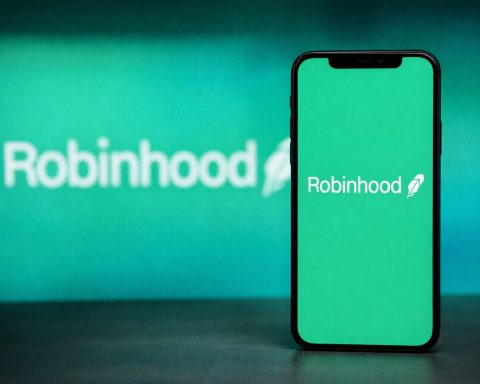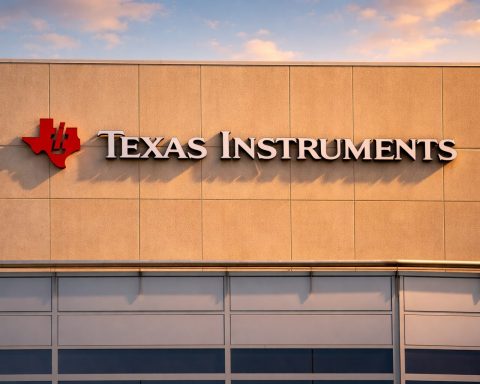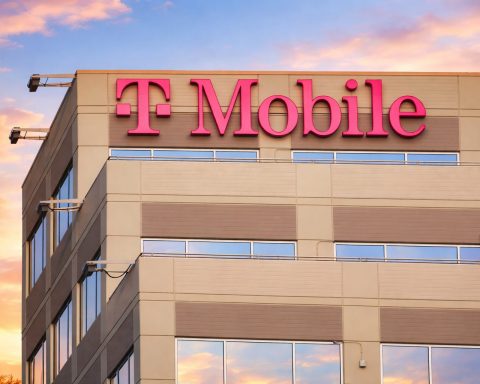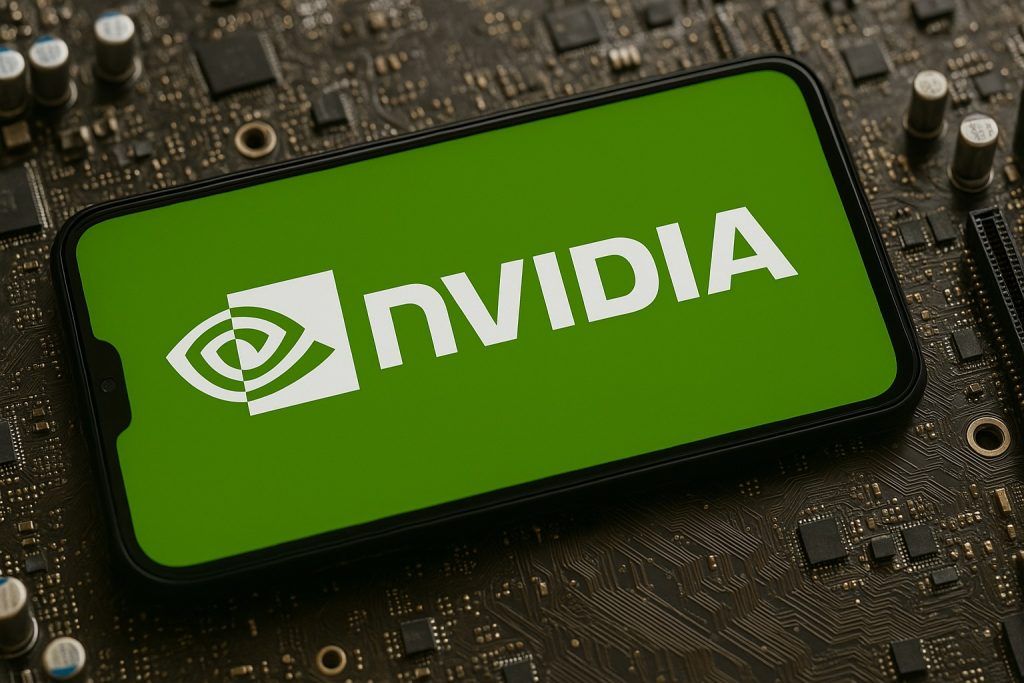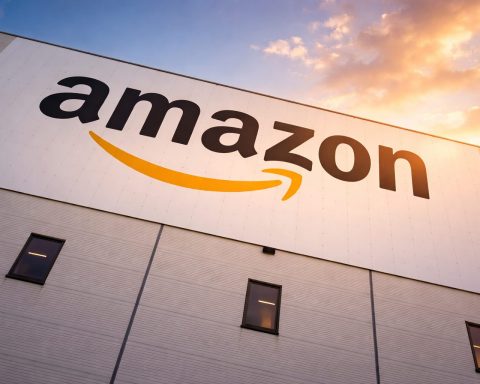- Major cuts in AI lab: Meta confirmed it will trim roughly 600 roles in its newly formed Meta Superintelligence Labs, out of several thousand AI staff [1] [2]. The layoffs hit legacy teams (Facebook AI Research “FAIR,” product-focused AI, and infrastructure) while leaving the elite new TBD Labs (a few dozen top AI researchers working on next-gen models) untouched [3] [4].
- Memo rationale: Chief AI Officer Alexandr Wang told staff that a smaller team would “reduce bureaucracy” and speed decisions: “fewer conversations will be required to make a decision, and each person will be more load-bearing and have more scope and impact,” he wrote [5] [6]. Wang echoed Mark Zuckerberg’s recent mantra that breakthroughs come from the “smallest group of people who can fit the whole thing in their head,” stressing a premium on top talent [7] [8].
- Continued AI spending: Meta insists the cuts won’t slow its AI push. In fact, Wang’s memo says “this by no means signals any decrease in investment” and that Meta will keep hiring “industry-leading AI-native talent.” The company just struck a $27 billion financing deal for a new Hyperion data center, and is pursuing multibillion-dollar AI projects – for example, a 49% stake in Scale AI for $14.3 billion and a ~$2 billion deal to acquire chip startup Rivos to boost AI computing [9] [10]. Meta has also locked in massive AI infrastructure contracts (e.g. ~$14B with CoreWeave and ~$10B with Google Cloud) to train its models [11].
- Wall Street upbeat: Despite the layoffs, Meta’s financial position is strong. In Q2 2025 revenue surged 22% (to $47.5B) and net income jumped ~36% [12], thanks in part to a TikTok-driven ad rebound and AI-powered targeting (ad impressions +11% [13]). As of Oct. 22, META stock trades near $733 (up ~25% YTD) [14] [15]. Analysts remain bullish – an average 12-month price target is in the mid-$800s (StockAnalysis shows $826.77 [16], median ~$850 [17]), and some forecasts even stretch toward $1,000 if growth continues [18] [19]. Market watchers will be watching Meta’s upcoming Q3 earnings (Oct. 29) for signs that the AI reorg pays off.
Leaner AI Team, Same Big AI Bet
Meta’s parent company (Nasdaq: META) quietly confirmed on Oct. 22 that it is “slashing” roughly 600 jobs from its superintelligence-focused AI unit [20] [21]. Axios first reported the cuts via an internal memo, and Reuters/Tech news sites (TechCrunch, The Verge) later confirmed that Meta is cutting staff in three of its four AI sub-units: research (FAIR), product AI, and infrastructure. By contrast, the TBD Labs – a newly formed group of “a few dozen” top researchers working on the next generation of foundation models – will not be affected [22] [23]. In other words, Meta is trimming the older teams while protecting the hires it made in its summer AI blitz.
According to reports, U.S.-based AI employees were notified Wednesday morning if their jobs were cut [24]. CNBC (via SFGate) says many laid-off staff were placed on “non-working notice” through Nov. 21, during which Meta encourages them to look for other roles internally [25]. Those who leave can take severance packages (at least 16 weeks’ pay) [26]. In statements and the internal memo, Meta emphasized support: affected workers are being given recruiters and matchmaking help to find new positions at the company.
Meta stresses this move is about speed and agility, not retreating from AI. Wang’s memo explicitly stated that a smaller team would “streamline decision-making” [27]. In public comments this summer, Zuckerberg himself said Meta needs “the smallest group of people” to tackle AI problems, so each person has a broad scope and the team is exceptionally talent-dense [28]. In fact, Meta created the Superintelligence Labs (“MSL”) umbrella in June 2025 specifically to accelerate CEO Mark Zuckerberg’s vision of “personal superintelligence” – AI systems that could one day rival human intelligence [29]. Under that banner, the company has already spent hundreds of millions recruiting star engineers and scientists from OpenAI, Google DeepMind and others [30].
Yet, insiders report Meta felt its sprawling AI organization had grown overly “bloated” and slow. In April it released Llama 4 (an open-source large language model) to only lukewarm reviews. Facebook executives reportedly questioned why massive R&D resources weren’t yielding breakthroughs. The combination of a disappointing model launch and a hectic hiring spree prompted the leadership shake-up [31]. In the new order, legacy teams like FAIR will cede prominence to the newly hired “AI-native” experts now clustered in TBD Labs. As one TechForge news analysis put it, this is no accident – Meta is essentially “cutting the old to make room for the new, streamlining bureaucracy” and betting that its expensive recruits will outperform the legacy labs [32]. Dan Ives of Wedbush calls it a temporary “digestion mode” after an AI binge, and Futurum’s Daniel Newman calls the pause a “natural resting point” for Meta [33].
Importantly, both Wang and Zuckerberg insist AI spending will keep growing despite the cuts. Wang’s memo repeats that the layoffs “by no means signal any decrease in investment” [34]. The company is still hiring for TBD Labs and plans even bigger AI budgets in 2026. (Meta has already guided that 2026 expenses will grow faster than 2025’s, due to AI initiatives [35].) In fact, just one day before announcing the layoffs, Meta closed a $27 billion funding deal (with Blue Owl Capital) to build a massive new Hyperion data center in Louisiana [36]. These moves suggest Meta isn’t cutting AI funding, just reallocating it toward narrower, higher-priority projects.
Mega AI Deals & Talent War
Meta’s strategy reflects a pattern of huge investments in AI talent and infrastructure. In June, the company shocked the industry by spending $14.3 billion to buy 49% of the AI startup Scale AI and bringing on its CEO, Alexandr Wang, as Meta’s first Chief AI Officer [37]. Ts2.Tech notes that deal essentially co-opted Scale’s founder into Meta’s org chart, while anchoring Meta’s machine-learning ambitions [38]. Meta also recently agreed to acquire Rivos, a Silicon Valley chipmaker, for roughly $2 billion – a bet on custom AI hardware to boost its compute power [39]. The company has inked other multibillion infrastructure contracts (a ~$14 billion cloud deal with CoreWeave and $10 billion+ with Google Cloud [40]) to ensure it can train ever-larger AI models.
On the people side, Meta’s “AI gold rush” has been well-documented. Sources say Zuckerberg personally dangled eye-popping packages to lure top researchers: OpenAI’s Sam Altman confirmed that Meta “dangled $100 million bonuses” to some AI specialists [41]. In September it hired Andrew Tulloch, a co-founder of Mira Murati’s AI startup, reportedly on a compensation package around $1.5 billion (spread over years) [42]. Insider reporting and tech analysts note that Meta targeted dozens of engineers from rival labs – even after Thinking Machines’ founder rebuffed a buyout, Zuckerberg chased many of her team members [43] [44]. The result: TBD Labs is filled with big-name talent (many ex-OpenAI/Google/Anthropic researchers) and Meta’s CEO often calls it an “elite, talent-dense team.”
Computing industry press observes the irony: Meta has spent more than any company to date on AI hiring, yet still cut roles. But as one analyst said, this is by design. Ts2.Tech points out that Meta’s focus is now squarely on “elite” AI talent and projects – cutting workers from older teams but funneling resources into the new group. Wang’s memo underlines this: “We remain excited about the models we are training… and I’m confident in our path to superintelligence,” he wrote [45]. In short, Meta is consolidating around a smaller core of superstar AI staff, hoping that talent + massive compute drives breakthroughs, while shedding peripheral layers.
Financial & Market Outlook
Meta’s stock (NASDAQ: META) has been on a tear in 2025. It hit an all-time high (~$789) in mid-August and has held strong into the $700+ range [46]. As of Oct. 22, 2025 the stock closed around $733 [47], giving Meta a market cap near $1.84 trillion [48]. Wall Street remains optimistic. Forty-four analysts rate META a “Strong Buy,” with an average 12-month price target in the mid-$800s [49] [50]. For example, StockAnalysis.com shows a consensus target of $826.77 (about +13% upside) [51]. Ts2.Tech’s own aggregation finds a similar average (~$826, median ~$850) [52]. Several top brokers have even higher calls – some models now cluster around $900–1,000 per share [53] [54]. (For comparison, 24/7 Wall St. projected ~$875 by year-end in a recent note.)
Analysts cite Meta’s robust ad growth and AI gains as drivers. Q2’s 22% revenue jump and 43% operating margin (vs. industry peers far below) bode well [55] [56]. Meta credits AI-driven ad targeting for boosting engagement and prices, which helped profit jump; trailing-12-month net income is now above $71 billion (≈40% profit margin) [57]. Meta is also returning cash to shareholders ($9.8B buybacks in Q2 [58], recently adding a dividend). Several outlets note that despite the cuts, booming profits and the AI rollout have investors confident [59] [60].
But there are risks. Meta’s Reality Labs (AR/VR) division continues to lose money – roughly $3.7 billion in Q2 alone [61] – and its valuation is relatively high (trading around 26× forward earnings vs ~19× for Alphabet [62]). A slowdown in ad demand or tougher EU regulations on data could dent revenue. Accordingly, some strategists caution that the stock’s premium relies on execution of these AI bets [63]. Still, many analysts point out that Zuckerberg has pulled off big pivots before (to mobile, Reels, etc.), and he has told investors Meta will keep accelerating its AI roadmap. As Forbes recently noted, Meta’s “bull run seems likely to bring it over the $800 mark,” riding on continued ad and AI momentum [64].
In summary, Meta’s October AI shake-up signals a new phase: a leaner organization centered on handpicked AI talent, backed by huge investments. Experts see this as a calculated strategy – cutting away bureaucracy while doubling down on elite teams. Wedbush’s Ives and Futurum’s Newman describe it as a necessary breather after a spending blitz [65]. Whether the move pays off depends on coming quarters: Meta’s next earnings (Oct. 29) and its AI product launches (like the new Meta AI assistant) will be closely watched for proof that the restructured labs can deliver the next breakthrough.
Sources: Meta’s memo and filings (via Axios, Reuters, CNBC, Business Insider) [66] [67] [68] [69]; industry analysts and stock data (Ts2.Tech analysis, StockAnalysis.com, AI News) [70] [71] [72] [73]; company statements and news reports [74] [75].
References
1. www.reuters.com, 2. timesofindia.indiatimes.com, 3. www.reuters.com, 4. timesofindia.indiatimes.com, 5. www.axios.com, 6. www.computing.co.uk, 7. www.sfgate.com, 8. www.businessinsider.com, 9. www.artificialintelligence-news.com, 10. ts2.tech, 11. ts2.tech, 12. ts2.tech, 13. ts2.tech, 14. stockanalysis.com, 15. ts2.tech, 16. stockanalysis.com, 17. ts2.tech, 18. ts2.tech, 19. ts2.tech, 20. www.reuters.com, 21. timesofindia.indiatimes.com, 22. www.reuters.com, 23. timesofindia.indiatimes.com, 24. www.axios.com, 25. www.sfgate.com, 26. www.sfgate.com, 27. www.axios.com, 28. www.sfgate.com, 29. www.businessinsider.com, 30. www.businessinsider.com, 31. www.artificialintelligence-news.com, 32. www.artificialintelligence-news.com, 33. www.artificialintelligence-news.com, 34. www.businessinsider.com, 35. timesofindia.indiatimes.com, 36. www.artificialintelligence-news.com, 37. ts2.tech, 38. ts2.tech, 39. ts2.tech, 40. ts2.tech, 41. ts2.tech, 42. ts2.tech, 43. ts2.tech, 44. ts2.tech, 45. www.businessinsider.com, 46. ts2.tech, 47. stockanalysis.com, 48. stockanalysis.com, 49. ts2.tech, 50. stockanalysis.com, 51. stockanalysis.com, 52. ts2.tech, 53. ts2.tech, 54. ts2.tech, 55. ts2.tech, 56. ts2.tech, 57. ts2.tech, 58. ts2.tech, 59. ts2.tech, 60. stockanalysis.com, 61. ts2.tech, 62. ts2.tech, 63. ts2.tech, 64. ts2.tech, 65. www.artificialintelligence-news.com, 66. www.axios.com, 67. www.reuters.com, 68. www.sfgate.com, 69. www.businessinsider.com, 70. ts2.tech, 71. stockanalysis.com, 72. ts2.tech, 73. www.artificialintelligence-news.com, 74. www.computing.co.uk, 75. timesofindia.indiatimes.com

